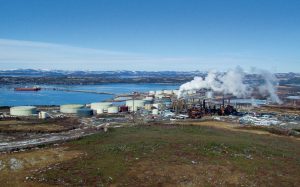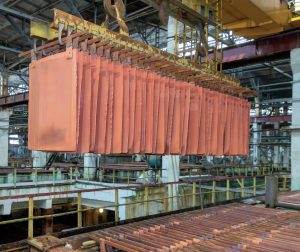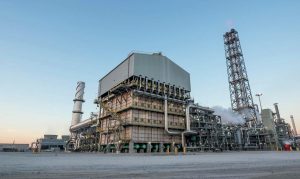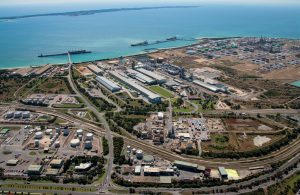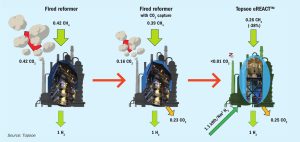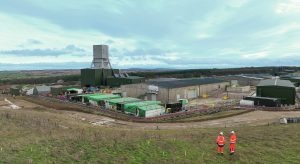
Anglo American scales-up its Woodsmith mine ambitions
Anglo American recently unveiled the long-awaited strategy update for its large-scale Woodsmith mine project in the UK. Initial production of the company’s POLY4 polyhalite fertilizer is now scheduled to begin in 2027. The mine’s ultimate annual output has also been increased to 13 million tonnes.


